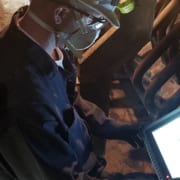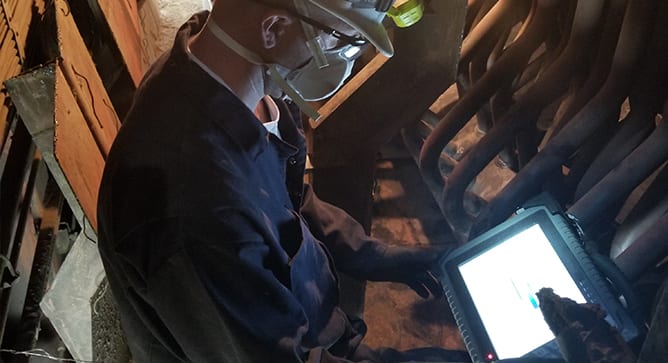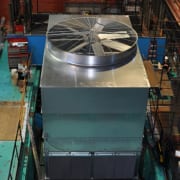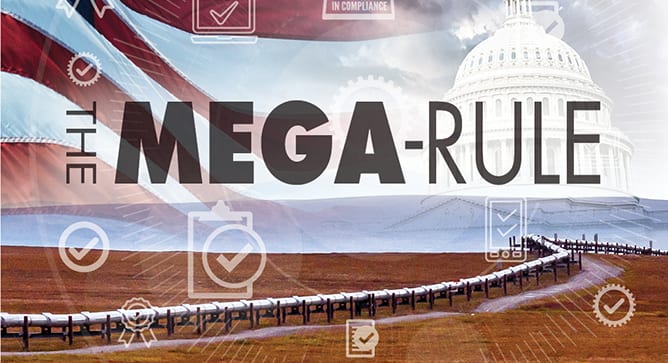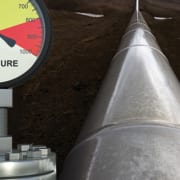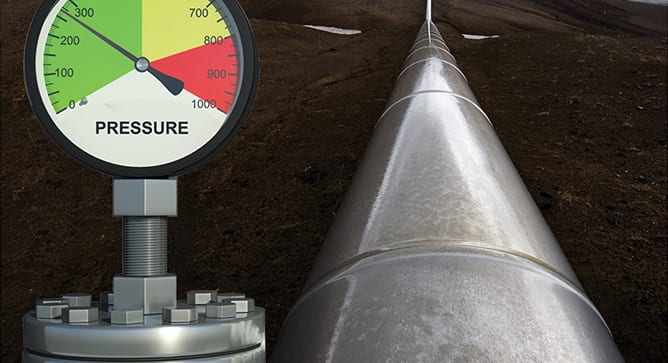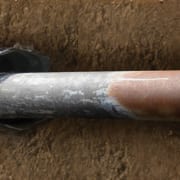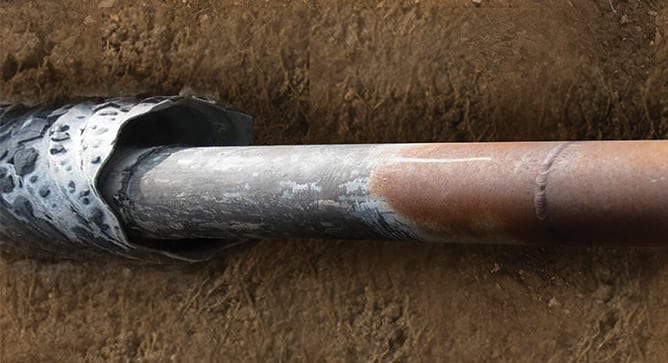News & Views, Volume 48 | SI Field Service Quality and Efficiency Solutions
By: Robert Chambers and Trey Rippy
To help meet demanding outage schedules and stay within lean operation and maintenance budgets, Structural Integrity Associates, Inc. (SI) has implemented several new field data collection and analysis tools that enable delivery of a higher-quality final inspection product in a more efficient manner. These include customized software tools for streamlining the NDE data acquisition, analysis, and reporting processes. Moving forward, these tools will reduce time-on-pipe for inspections, as well as the associated analysis and reporting time.
For large inspection scopes, collecting, tagging, managing, transferring, and documenting data can be a very labor-intensive process with opportunities for human performance errors. While inspection instruments and analysis software typically have built-in reporting capabilities, these tend to be very general so they can be applied to a wide variety of applications. This can make it cumbersome to tailor these features to a specific application.

